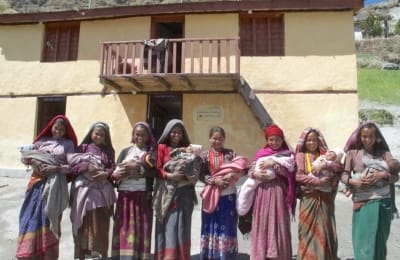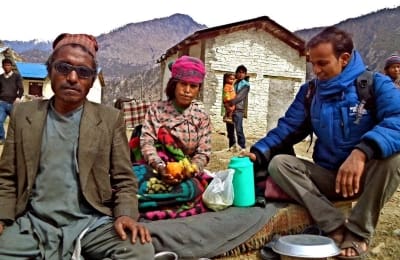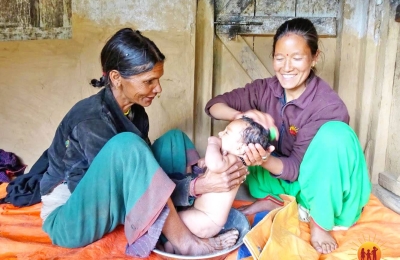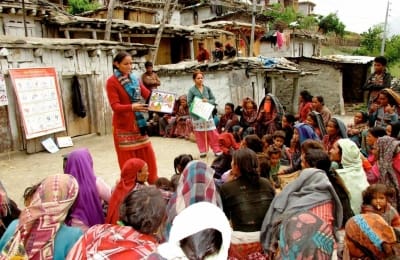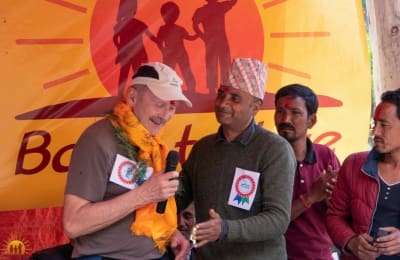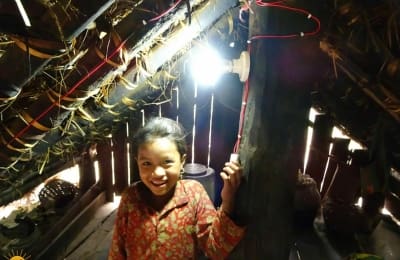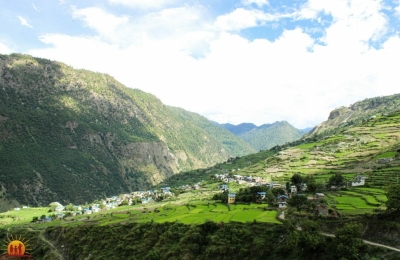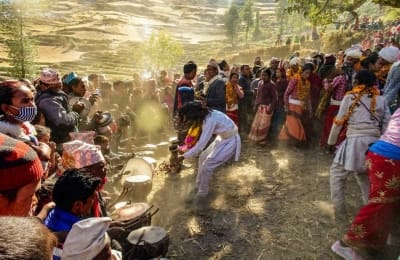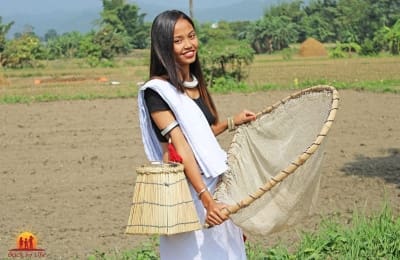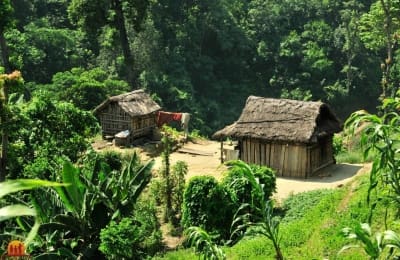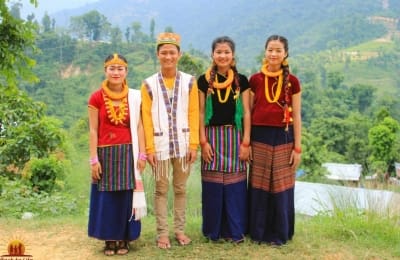Mugu – Our First Project Area in Nepal
Back to Life has been working in the Mugu district since 2009. This remote mountain region was our first project area in Nepal. At that time, Mugu was still cut off from civilization; there was no road leading to this part of Nepal, no electricity, and no running water. Time seemed to have stood still. This was particularly evident in the fact that the average life expectancy was only 44 years – more than 20 years below the national average.
Mugu is a district or county in the Karnali Province, which is the least developed region of Nepal. Karnali is located on the edge of the Himalayas and borders Tibet. Today, 65000 people live in the 3500 square kilometer high mountain region. The only town of Mugu, the capital Gamgadhi, has 1500 inhabitants. The rest of the mountain region consists of villages and small settlements. A few years ago, an access road to Mugu was built, and even the outlying areas are now accessible via adventurous, unpaved roads over the mountain passes. However, when it rains or snows, they quickly become impassable. For most people, it is still a daily routine to cover long distances on foot through the mountains
The Karnali River gives the province its name. It flows as a broad stream through the region and enables survival in this unforgiving environment. Another significant body of water shapes Mugu: the Rara Lake. It is the largest lake in Nepal and is located at an altitude of 2,990 meters. The government has established a national park to protect the nature, but tourists rarely reach this area. It is simply too difficult to access. The forests are home to black bears, musk deer, leopards, the rare red panda, and more than 200 species of birds. At night, you can hear the jackals howling and during the day, you can see eagles in the sky. Unfortunately, the forests around the villages have been largely deforested, as the inhabitants use wood for cooking and heating. This often leads to dangerous landslides on the steep mountain slopes. In the dry season, Mugu appears rugged and barren, but after the rainy season, the mountains are covered with lush greenery.
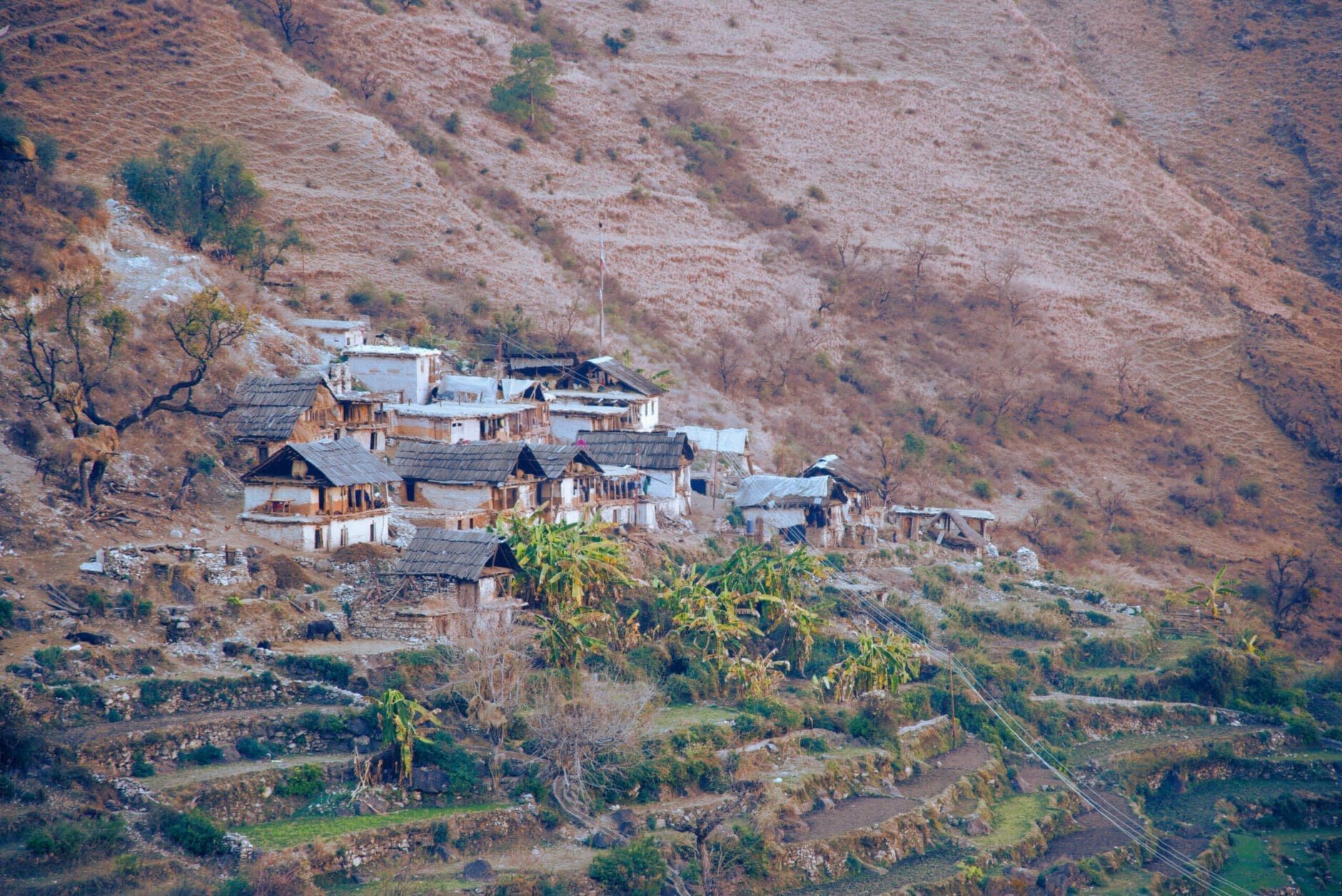
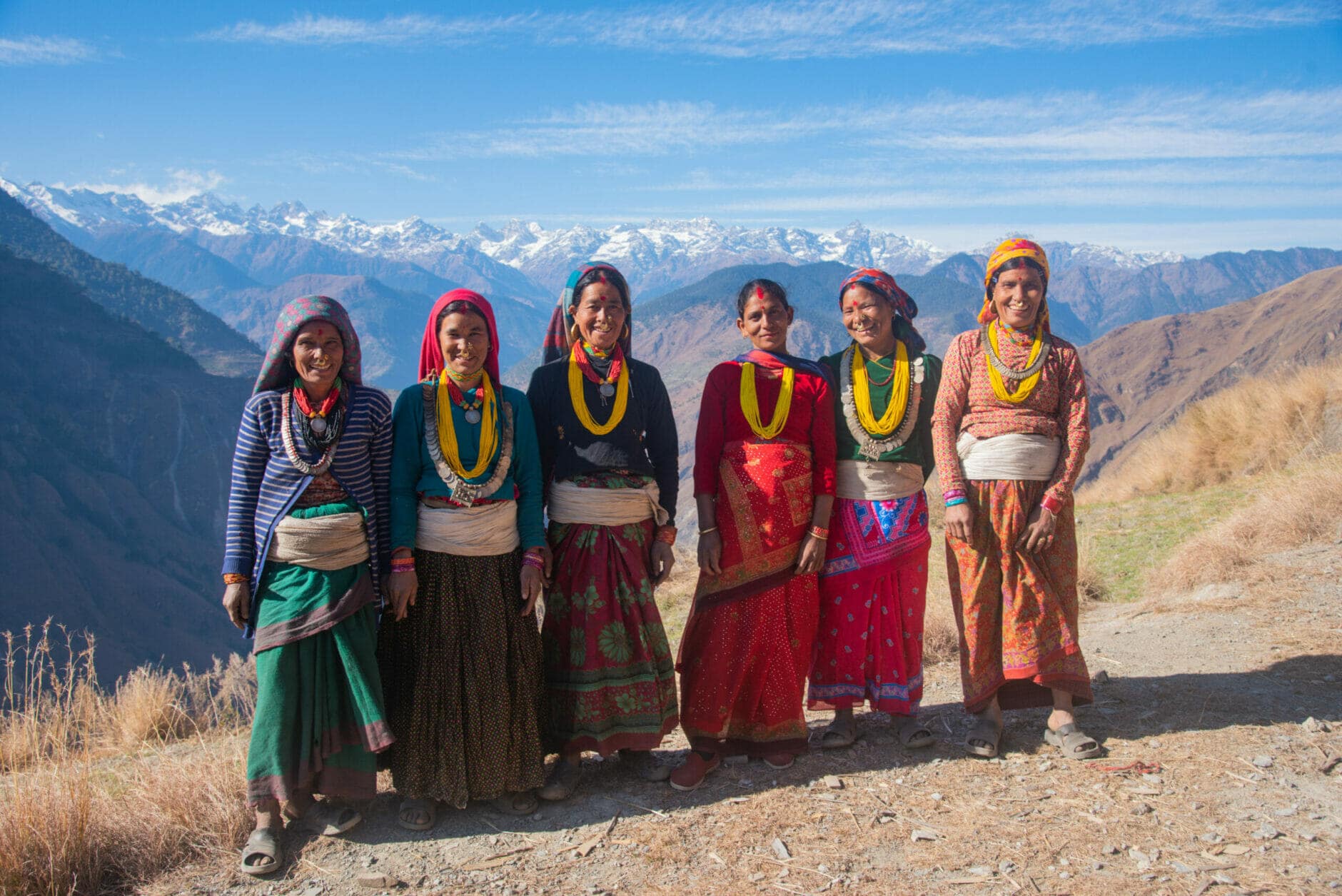













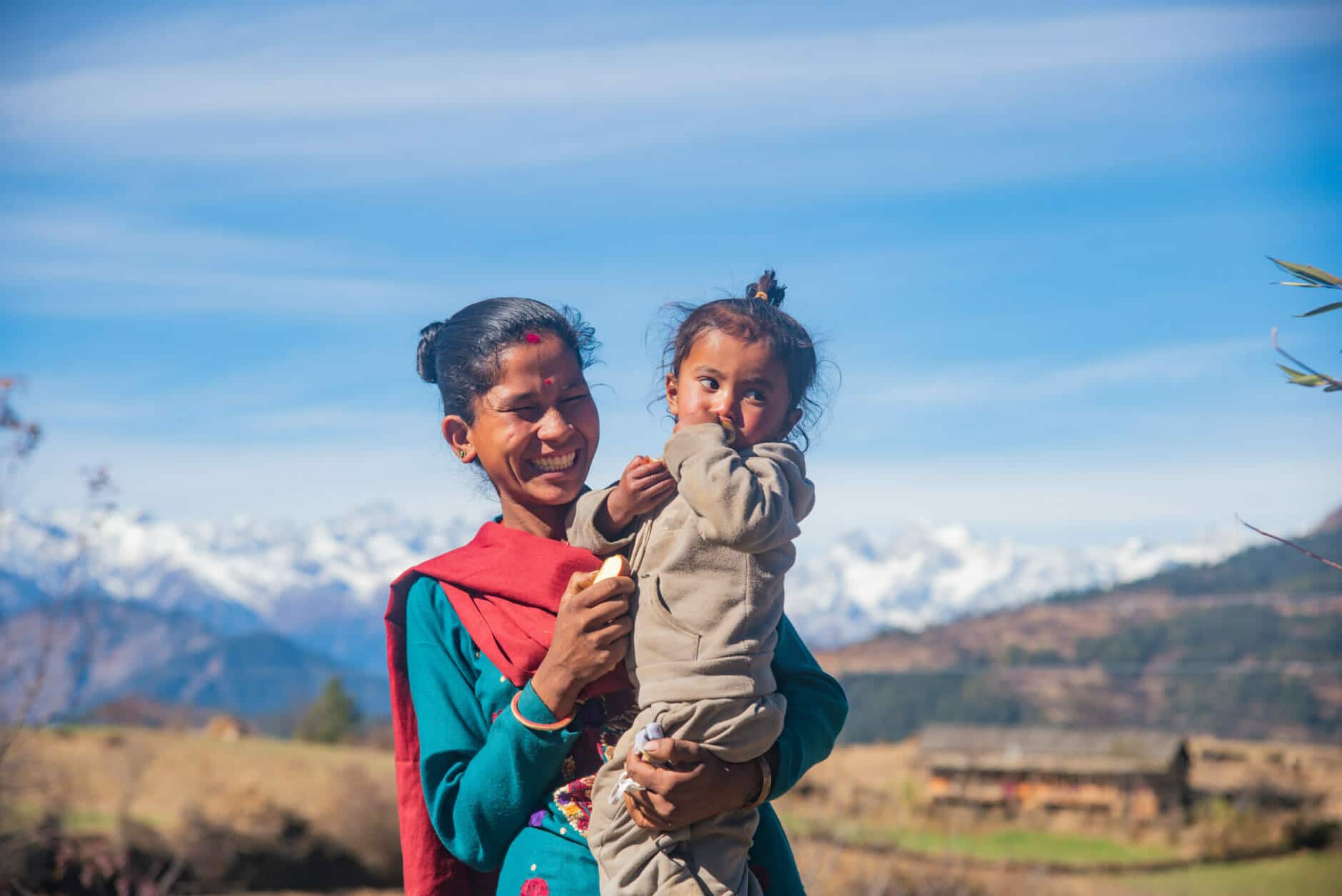

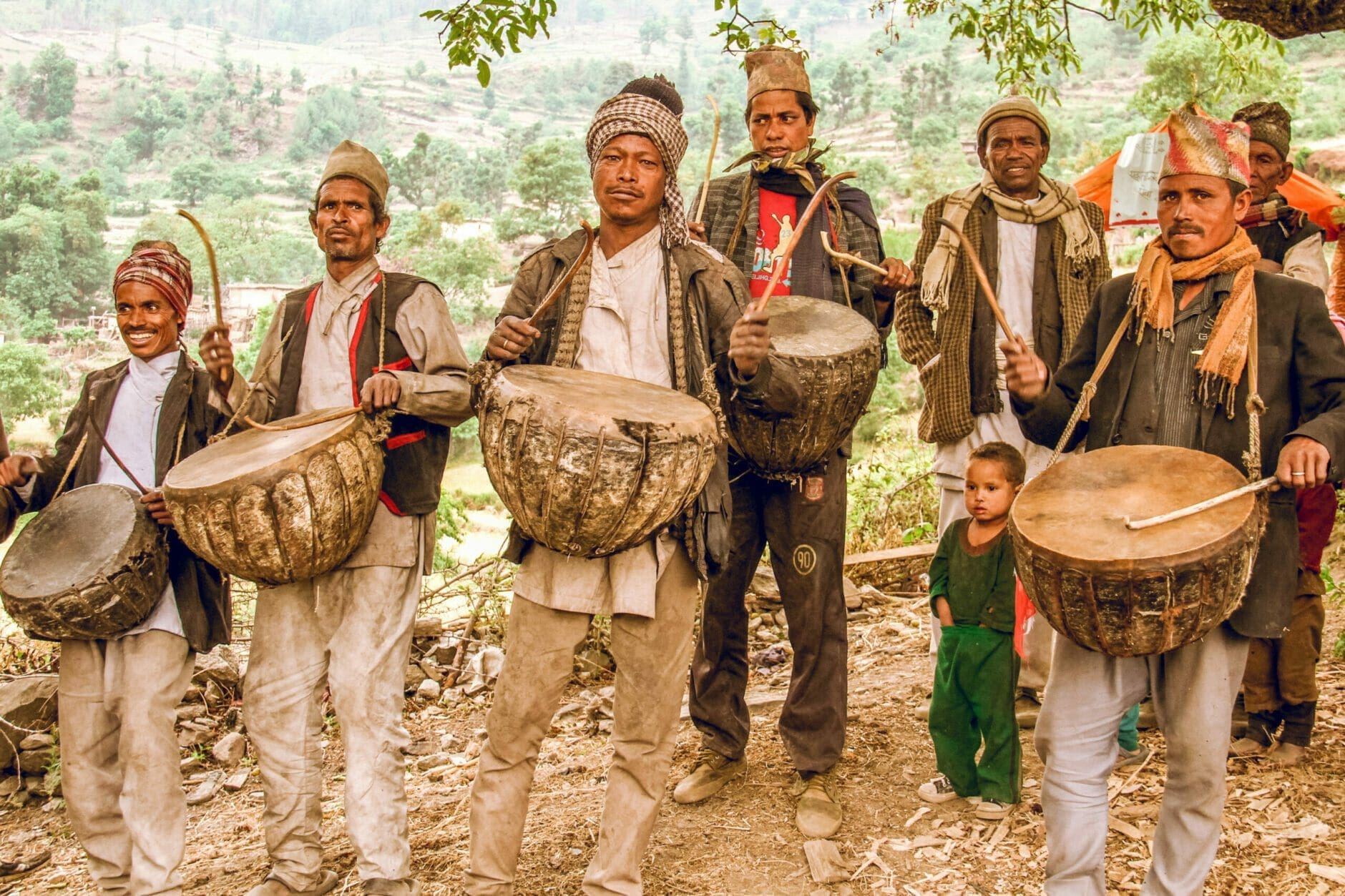





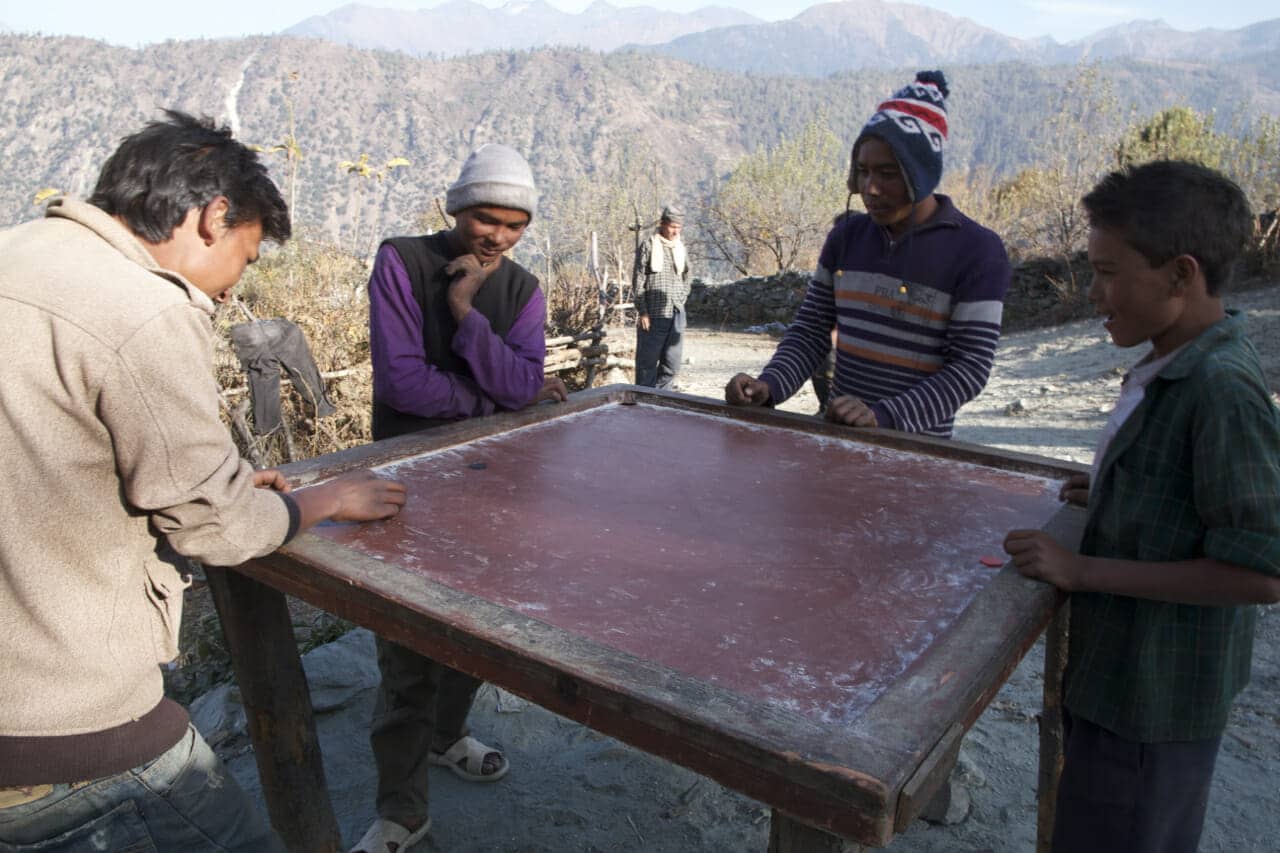





Health
The medical care in the mountain region is more than inadequate. The public health facilities were and still are poorly equipped, qualified staff is scarce and often absent, and often even running water is lacking to ensure basic hygiene. A single hospital with 45 beds is responsible for the entire population of Mugu – more than 65,000 people. But currently, no specialist can be found for this hospital, so only four young assistant doctors are present. For most sick people, the hospital is unreachable in an emergency. To cover more areas, the government works nationwide with so-called Primary Health Care Centers and Health Posts, although many people also have to walk several hours to reach these. Ideally, the Health Centers are staffed with a doctor, and there is another one in Mugu, in Ratapani. In the Health Posts, mostly only nurses are employed. Mugu has 24 Health Posts. Many people still seek help from traditional healers.
The situation regarding maternal and child health in Mugu is still far too poor. At the beginning of our project work, there was hardly any professional obstetric care – almost all women gave birth to their children alone, without any support, let alone medical, institutional care. Therefore, maternal and newborn mortality rates in the nearly isolated mountain region were among the highest in the world and are still far from the country’s development goals. The majority of these deaths could be easily prevented. According to the World Health Organization, qualified obstetric care and quick response by trained midwives in case of complications can reduce deaths of newborns and stillbirths by 50% and 45% respectively and also save many mothers from the risks of childbirth. Read more about our birthing centers that address these issues here.
The hygienic conditions in the mountain villages are often still inadequate. At the beginning of our project work, most families did not have adequate toilets and relieved themselves outdoors. This has now improved, and the majority of households use a simple dry toilet. However, lack of hygiene still leads to frequent illness and even deaths, caused by contaminated food or drinking water. In a survey we conducted, every fifth household reported that a family member had health problems due to diarrheal diseases in the last two weeks. The inadequate water supply and lack of hygiene practices, such as thorough hand washing with soap, are key factors. The households do not have running water from the tap, so every liter must be laboriously brought from the nearest public water point or a natural source – often the water systems installed by the government or NGOs are very old and damaged. The developed water sources are usually not enough to meet the minimum needs of the village population. The gravity-based water systems that Back to Life builds with the village communities will provide great relief.

Education
Traditionally, children, like the rest of the family, must work hard to contribute to survival. This means daily: herding livestock, working in the fields, carrying water, and fetching firewood. Due to their extreme poverty, many families cannot do without the labor of their children – therefore, most children drop out of school early. The purchase of school materials and uniforms, or even shoes, remains a financial challenge for most families and continues to limit school attendance to a few years.
The educational infrastructure is very outdated and dilapidated. Everywhere you see small, dark stone buildings with damaged roofs and dusty classrooms often without any furnishings. This is particularly dangerous for the children and teachers, considering Nepal’s geographical location and frequent earthquakes. A child-friendly environment conducive to learning is far from reality here. According to current building standards, school buildings must be constructed to be earthquake-resistant to ensure the safety of the children. Overall, 49% illiteracy among adults and a low level of education are the consequences of poverty and structural weaknesses.
Read here all about Back to Life’s contribution to schools and education in Nepal.
How do people live in Mugu?
The houses of the families are made of clay, stone, and wood. They are small, usually two-story buildings that typically consist of a room for the family and a stable for the animals. The houses are insulated with a mixture of cow dung and mud, which protects against cold temperatures. On average, six family members live under one roof. At the beginning of our project work, each house had an open fireplace that served as a source of light and heat and for cooking. Women and children had to collect and carry wood home every day. The open fire produced high amounts of soot and smoke in the living areas, significantly impacting people’s health and posing a constant danger. Traditionally, there is hardly any furniture. Families sit, work, cook, and sleep on the ground.
Thanks to smoke-free stoves and solar cells, some of our first projects with the local village communities, the situation for many families has already improved.
Almost everyone in the high mountain region depends on agriculture. Most households own a small piece of land, often no larger than 1 hectare, where they primarily grow wheat, rice, corn, millet, or vegetables. However, the produce rarely suffices to feed the family throughout the year. 15% of people in our project villages indicated in one of our surveys that there were times in the preceding four weeks when their families did not have enough to eat. Other studies have shown that about 2/3 of households suffer from food insecurity. Many of the small farmers, therefore, have to work as day laborers in addition to their farming, in order to buy food from the market with their meager wages. Yet, the average income in Mugu is just about 600 rupees a day, equivalent to approximately 4.50 euros. This is too little to feed a whole family well – especially when this income is never predictable and securely available.
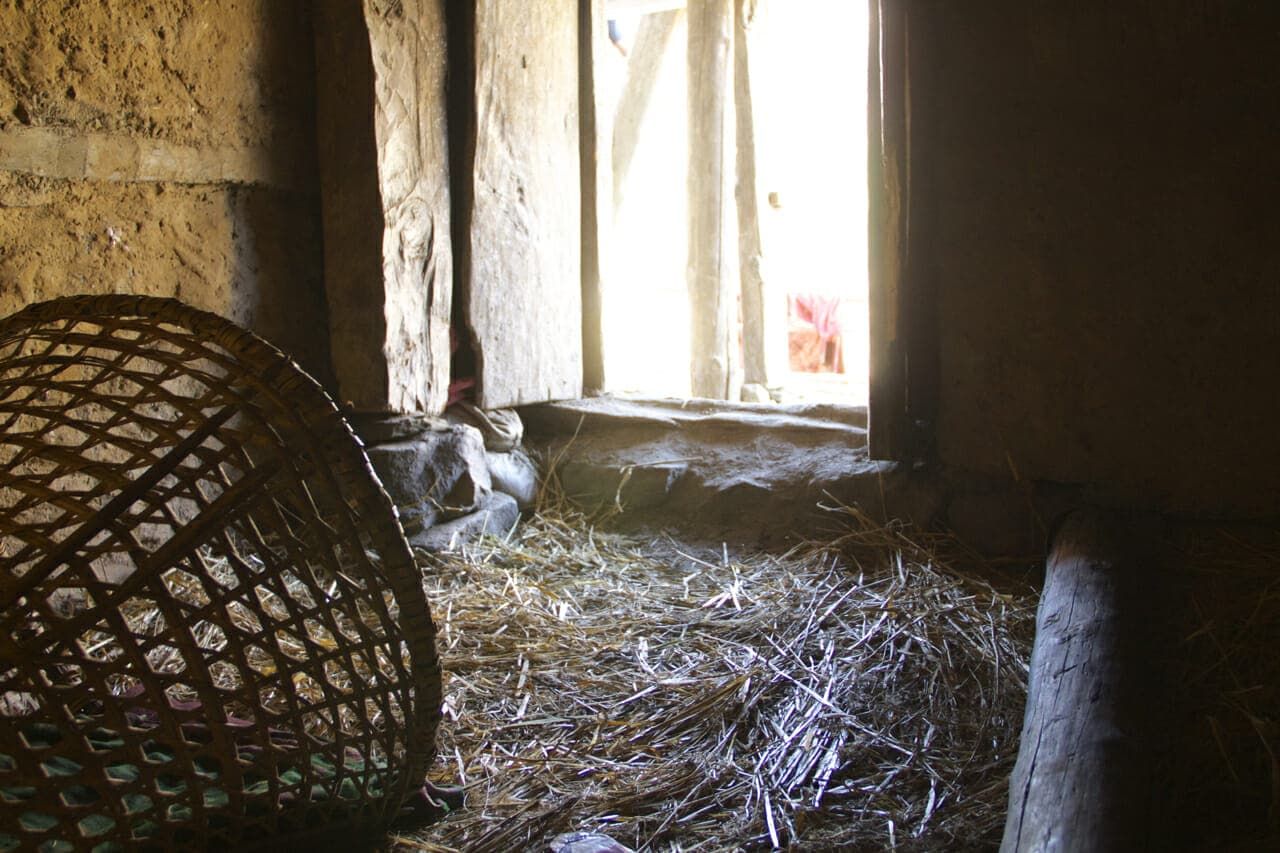
Chhaupadi
According to the “Chhaupadi” ritual, girls and women are considered impure during their menstruation and are therefore not allowed to stay in the family home. They must spend these days in the livestock barn or even in the forest. The same applies during childbirth. During this time, the girls and women are alone, exposed to wind and weather, and have no cooking or washing facilities – not to mention hygiene and comfort. Assaults, rapes, snake bites, freezing to death, or suicides out of desperation also occur.
Since 2017, the Chhaupadi tradition has been officially punishable throughout Nepal. The head of the household can be sentenced to up to 3 months in prison. However, especially in the western mountain regions of Nepal, where the Mugu district is located, this inhumane tradition is still practiced. Here, 93% of women in our project region report having experienced Chhaupadi, 43% even within the last 12 months.
It is often a generational problem, with the older generation passing the tradition on to the younger. Therefore, it is crucial to find effective education and culturally adapted alternative solutions for all age groups. Back to Life has been very successful in this with the establishment of birthing centers.
Getting to Mugu
The journey to Mugu District from Kathmandu involves two flights using old Twin Otter aircraft. They land on rural airstrips that have been carved into the mountain tops. Once in Mugu, it’s all about walking, walking, walking until our project villages are reached. Usually, several day-long stages are required – even in snow and rain. Therefore, each visit to the remote villages by our team represents a significant logistical and personal effort to bring materials for the projects. When transporting relief goods or building materials, off-road trucks, donkeys, or porters are used. This project region is literally “no walk in the park”.











